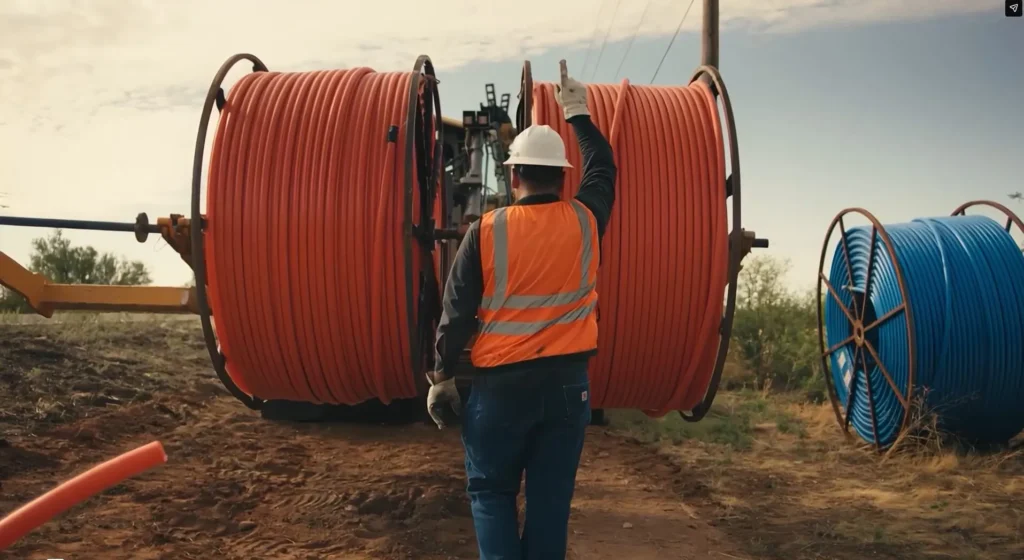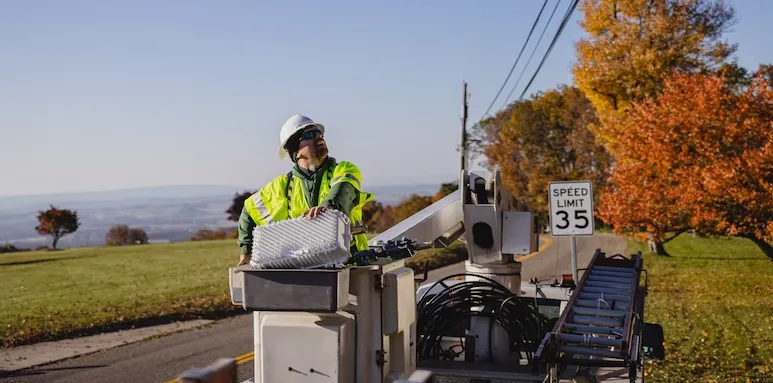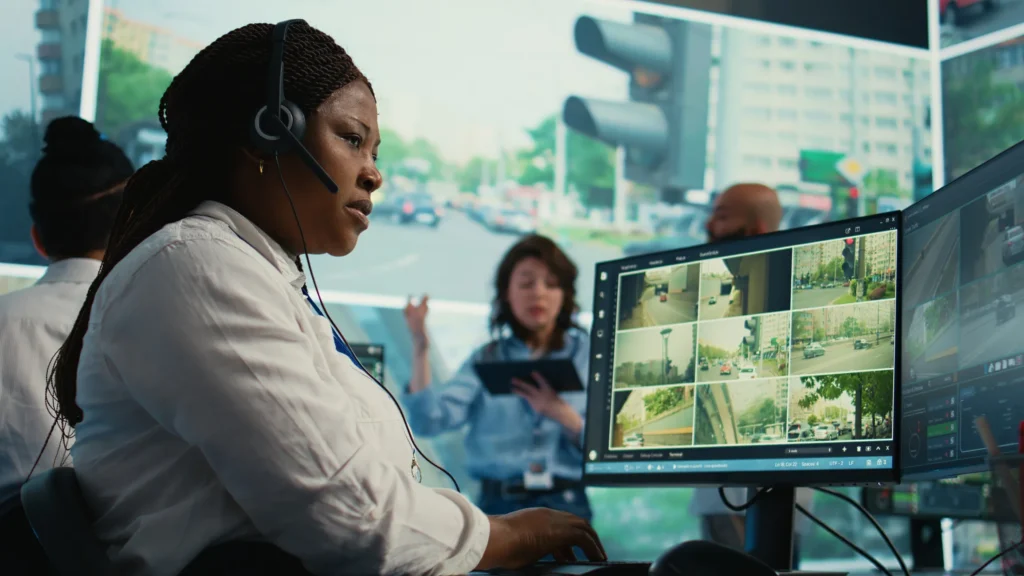When a natural disaster strikes an area, the effects and aftermath can be devastating. The hurricanes and wildfires of the past couple of years left regions of the country in vulnerable conditions. During these kinds of emergencies, America’s broadband providers are working day and night to maintain network operations and to reach as many communities across their footprint that they can, through business continuity planning. This type of planning involves intense organization around threat monitoring and assessment, setting up emergency notification systems, developing disaster recovery charts, and creating standardized online tools and training to prepare the appropriate personnel nationwide to work during a natural disaster—all led by the ISP’s business continuity and disaster recovery team.
Jim Shortal, senior director of business continuity at Cox Communications—which serves more than six million residential and business customers in the U.S.—is more than familiar with what it’s like to activate a business continuity plan (BCP). In a recent interview with NCTA, Shortal shared how his team works around the clock to ensure that every employee is prepared to implement the plan whenever necessary and in the safest way possible.
Tell us about some of your responsibilities. What does a typical day of work look like for your team?
So a typical day for my team starts at 6 am. We go out and do threat monitoring and assessment for the day. We look at the National Weather Service, storm prediction center updates for severe tornado warnings, news from the National Hurricane Center, and any threats out there that could disrupt our business operations. At 8 am we get on a companywide daily operations call. Business continuity is the first item that gets called out. Cox puts a great deal of effort on this. On the days that there aren’t any threats to go after, we could be working on anything from program development, an upcoming exercise for one of our regions, or updating our plan documents and checklists based on the outcomes from those exercises.
Another area we spend a significant amount of our time on is working with governments at the local, state, and federal levels. We might also be running training classes. We’ve worked really hard over the last couple of years to come up with a standardized program framework so that an employee anywhere, even if they are driving, can just pull over, pull up what they need on their phone, and declare and activate a BCP event for a region right there on the spot.
What sorts of natural disasters has your team worked through?
Last year was the most active year at Cox from a BCP standpoint, and that goes beyond my 10 years with the company. Severe weather included thunderstorms, tornados and monsoons, which were frequent causes of activations. Wildfires were next, primarily in California but we had a couple in our southwest region as well. Hurricanes included Irma in Florida, and it hit Atlanta too as a tropical storm. And unfortunately, the shooting in Las Vegas last year activated our BCP too.
A unique event that occurred last year was the full solar eclipse. We used business continuity planning to effectively manage the impact that the huge population growth had in those areas. We have a small market in Sun Valley, Idaho. That area more than doubled its population for a five-day period putting a strain on the roads, gas stations, food, you name it. So BCP is not only used after something bad happens. It can be a good framework to plan when an extraordinary event is foreseen.
Then during Hurricane Florence in Roanoke, Virginia, we trialed drone technology over our technical facility. We try to stay leading edge in terms of our tools, processes, and whatever technology is out there to be as efficient as we can be.
The Cox Community Connector made an appearance at this year’s SCTE Expo. Tell us about its function and how it works during natural disasters?
There are various types of mobile assets out there that the cellular companies have, but my understanding is that this (Cox Community Connector) is the only one of its kind currently in the industry. We describe it as a mobile Wi-Fi hotspot and charging station. It came to existence out of a brainstorming session between Cox, Charter (and formerly Time Warner), Comcast, Alpha Technologies, and members of SCTE around identifying the biggest challenges in a Hurricane Katrina or a Sandy. Number one, it’s power. You can’t communicate if you don’t have a device that’s powered up. It’s a rolling power plant on wheels. There are enough batteries on board to charge 120 mobile devices for 10 hours. We can recharge those batteries via solar array, and there’s a generator on the front of it. We can also broadcast emergency management briefings and weather channel updates via the TV monitors attached to it as well. It can run 24/7 and if we can connect it to the network, we can make it a Wi-Fi hotspot, a phone bank, and an internet hub.
In 2016 we deployed it to Baton Rouge when the city got hit with devastating floods. We first set up there at a county government location that was serving as a point of dispensing for water, tarps, and emergency supplies for the community. We ran it there for several days until they no longer needed us. Then one of our retail stores there began flooding and it wasn’t capable of operating at 100 percent capacity, so we rolled the connector to the retail parking lot and started operating it like a mobile retail store for members of the community.
How do the results of your work impact customers in the long term? And the health of Cox’s business?
Our goal is to be the trusted provider for our customers—to build a great network, one that can endure a lot of stress. But when that network is impacted, we can stand up continuity tools very quickly while it is being repaired. Our mission is always to help our residential customers get and stay connected to the people and things they care about most, and to give our business customers the opportunity to stay open, things that are particularly important after a devastating and debilitating event.









